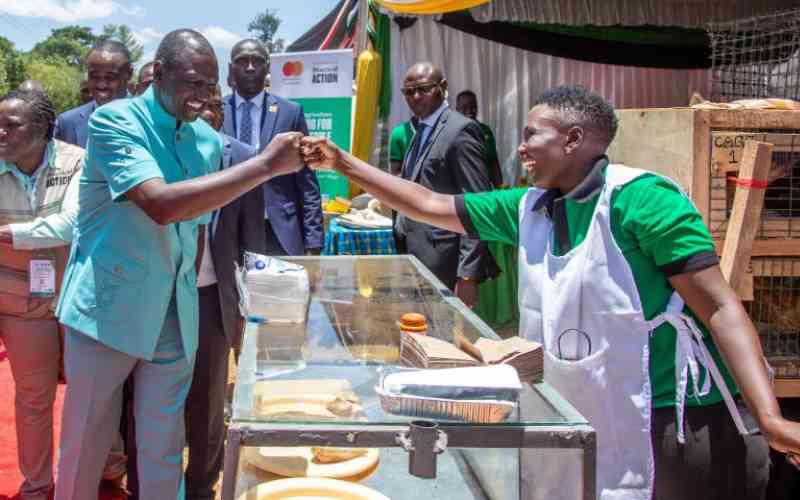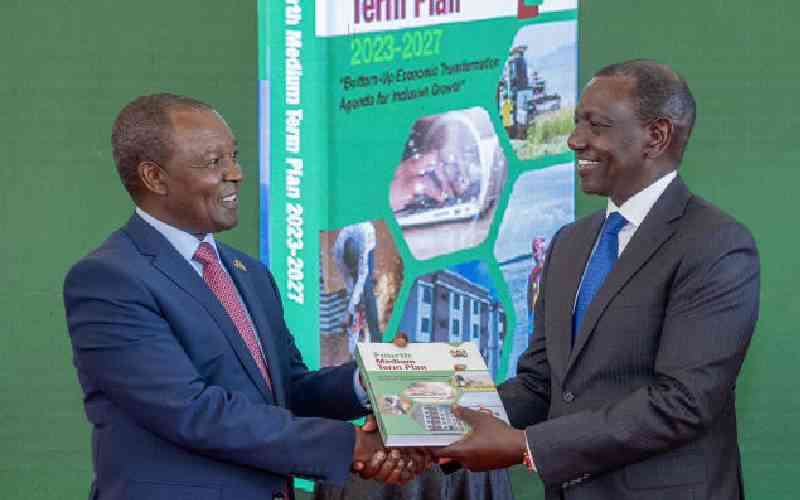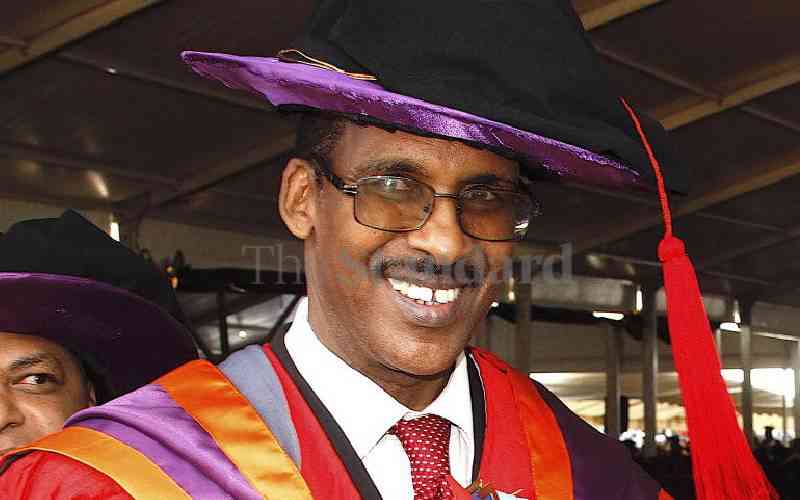In 1906, Mark Twain wrote in the North American Review that, “Figures often beguile me, particularly when I have the arranging of them myself...”
He went on to say, “Figures don’t lie, but liars do figure” and attributed the remark to British Prime Minister Benjamin Disraeli who said, “There are three kinds of lies: lies, damned lies, and statistics.”
The earliest instance of the phrase found in print dates to a letter written in the British newspaper National Observer on June 8, 1891: “Sir, —It has been wittily remarked that there are three kinds of falsehood: the first is a ‘fib,’ the second is a downright lie, and the third and most aggravated is statistics.”
Economists use figures to talk about economic development. Kenya’s 2017 economic survey figure of 5.8 per cent economic growth seems to have done just that. But wait a minute, announced was growth and not development!
Similarly, many economic figures show quantitative growth in an economy even when development is not registered. That means there can be economic growth without development.
Growth means an increase in services and goods while development refers to the standard of living and economic health of a region, including factors such as level and quality of education, social inclusion and the quality of healthcare among others. The announced 5.8 figure can to me pass for Mark Twain’s sentiments.
2030 blueprint
On June 10, 2008 President Kibaki launched Vision 2030 to transform Kenya into a “newly industrialising, middle-income country providing a high quality of life to its citizens.
It was to be an all-inclusive and participatory process. Industrialisation is the process of transforming an economy from primarily agricultural to one based on manufacturing of goods.
Therefore agricultural and manufacturing sectors are important for Vision 2030, yet they registered bad results in 2016. On the last day of September, 2014, Kenyans woke up to the news that they were richer than they were the day before.
The country’s national income figures had positively changed overnight. Kenya had moved up two places above Ethiopia and Ghana to become the fifth largest economy in sub-Saharan Africa behind Nigeria, South Africa, Angola and Sudan.
These figures were courtesy of an economic “rebasing” process carried out by the Kenya National Bureau of Statistics with support from the National Treasury and technical input from the World Bank Group (WBG), the International Monetary Fund (IMF) and the African Development Bank (AfDB). Oh! These economists!
Recall that in 2014 Nigeria rebased her economy and declared itself having overtaken South Africa as the continent’s largest economy. South Africa would not hear of this. It did its own rebasing and regained its position. Apparently Kenya did not want to be left behind and also used statistics to cheat herself—cheat because we are clearly not yet industrialised.
The 5.8 per cent growth is averaged from successful and unsuccessful sectors. Averages usually conceal the reality. Check it out yourself. You have two mini countries with populations of 10 people each. In country A one person earns 55 while another earns 30 and a third earns 15.
Stay informed. Subscribe to our newsletter
The rest are unemployed and earn zero. The per capita earning is 10 in this country. In country B, everybody earns 10 and this works out at the same per capita income as in A. I leave you to say which one is a happier country.
While tourism did well, agriculture and manufacturing did not. Deductive logic makes me to conclude that the food tourists are eating and the vehicles used to ferry them are imports. As such, gains from an improved tourism sector are all exported to improve the farmer abroad rather than our own farmer; the car manufacturer abroad rather than our own car assembler.
What happens to our Vision 2030? Your guess is as good as mine. What is not a guess is whether or not our planners and politicians should or should not become complacent with the 5.8 per cent growth.
Prof Bwisa is chairman of African Agribusiness Incubators Network (AAIN) and Entrepreneurship professor at JKUAT
 The Standard Group Plc is a
multi-media organization with investments in media platforms spanning newspaper
print operations, television, radio broadcasting, digital and online services. The
Standard Group is recognized as a leading multi-media house in Kenya with a key
influence in matters of national and international interest.
The Standard Group Plc is a
multi-media organization with investments in media platforms spanning newspaper
print operations, television, radio broadcasting, digital and online services. The
Standard Group is recognized as a leading multi-media house in Kenya with a key
influence in matters of national and international interest.
 The Standard Group Plc is a
multi-media organization with investments in media platforms spanning newspaper
print operations, television, radio broadcasting, digital and online services. The
Standard Group is recognized as a leading multi-media house in Kenya with a key
influence in matters of national and international interest.
The Standard Group Plc is a
multi-media organization with investments in media platforms spanning newspaper
print operations, television, radio broadcasting, digital and online services. The
Standard Group is recognized as a leading multi-media house in Kenya with a key
influence in matters of national and international interest.








